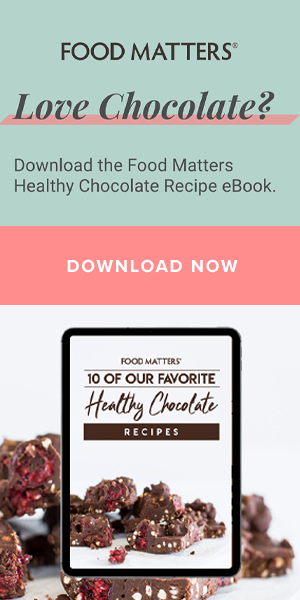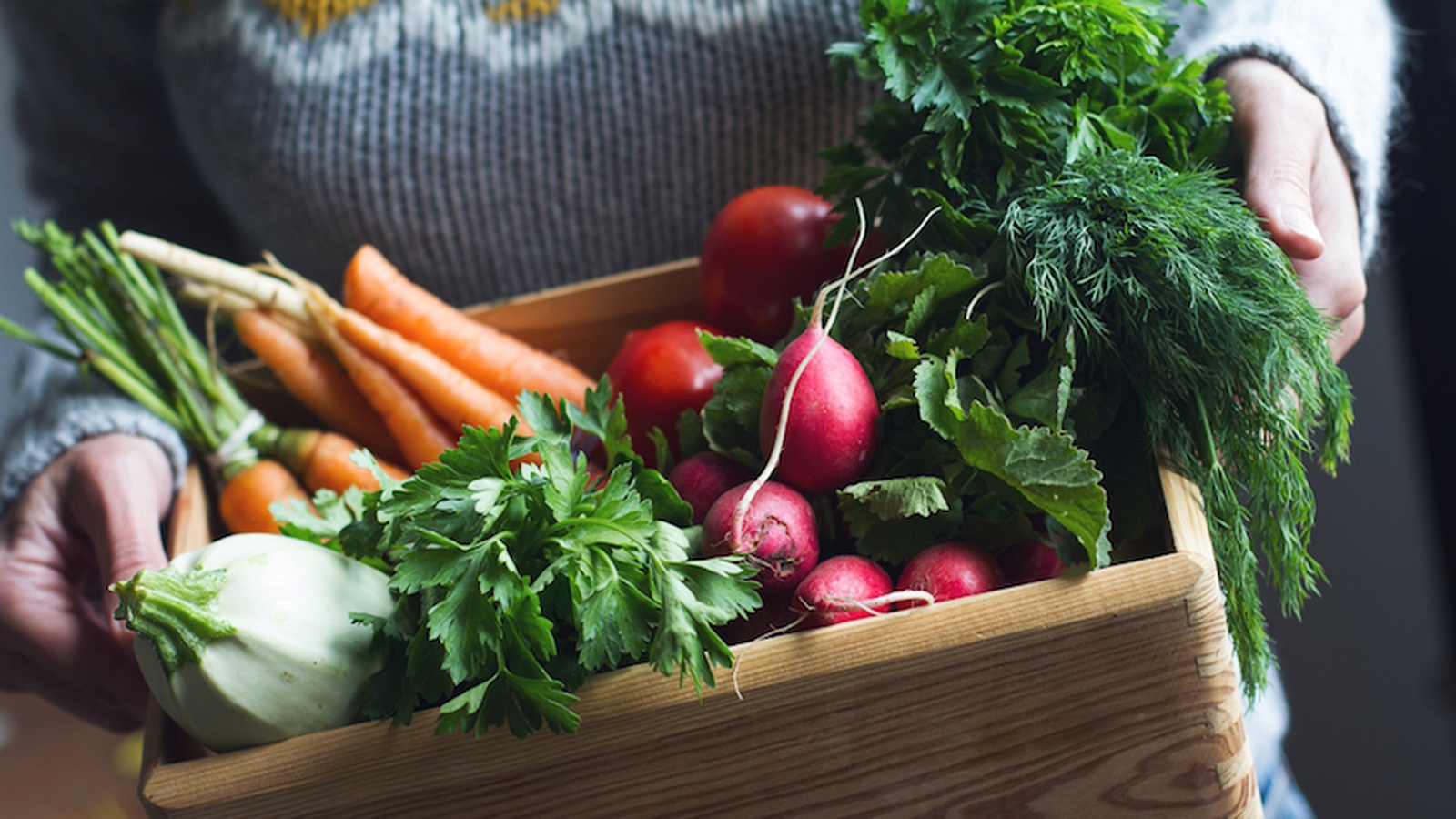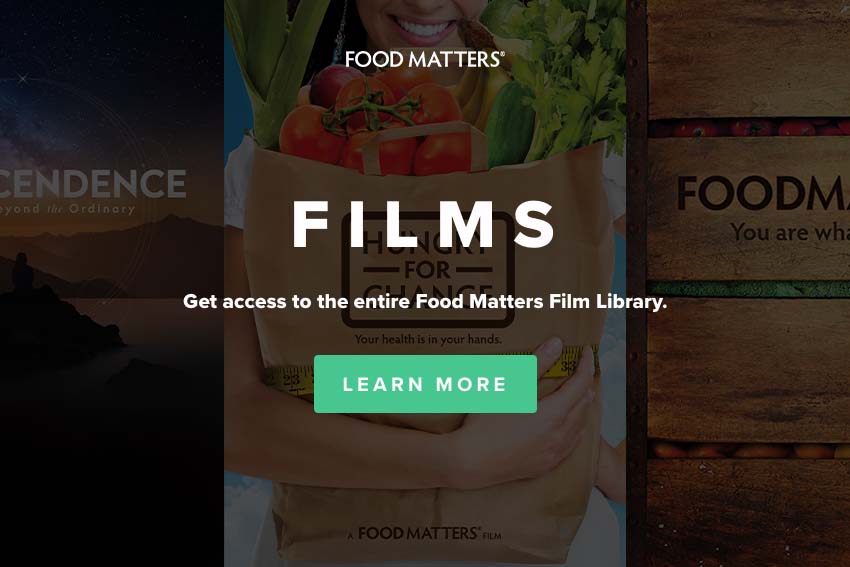Join The Food Waste Revolution
While we often don’t think about it, every day we contribute to Australia’s food waste by under preparing, overshopping, and, essentially not considering the impact of wasting edible food. Luckily, there are many simple ways to reduce our contribution to waste and many creative minds working to solve food wastage on a larger scale. Innovation, cooperation between communities and councils, and a little bit of mindfulness appear to be the way forward when it comes to food waste.
Did you know that across the globe we waste one third of all our food in the food production and consumption systems, amounting to 1.3 billion tonnes every year. This is especially disheartening when at the same time there are billions of people who are going hungry and food relief agencies struggle to keep up with demand. Every year, consumers in developed, wealthy countries waste almost as much food (222 million tonnes) as the entire net food production of sub-Saharan Africa (230 million tonnes).
What Is Food Waste?
Food waste is any edible food that never reaches the shops, unsold or uneaten food in restaurants, or food we throw away at home that finds its way into landfill. While food waste occurs throughout the food value chain in Australia (at the farm, in production) roughly two- thirds of food waste is generated in consumer-facing businesses (e.g. restaurants and retail outlets) or in the home.
In Australia
With a population of just under 25 million people, Australia produces enough food to feed approx. 60 million people, yet two million people still rely on food relief every year. Sadly, 90% of food relief agencies report not having enough food to meet total demand. Australians throw out $8-10 billion of food every year which is four million tonnes per annum of food ending up in landfill. For an average household that looks like throwing out one out of every five shopping bags or $1,036 worth of groceries each year.
Some of Australia’s creative minds have seen this as a fantastic opportunity to innovate and make use of, rather than chuck out, left-over food. Eco-entrepreneur Joost Bakker is somewhat of a recycling guru, having begun multiple sustainable pop-up cafes in Melbourne, Sydney and Perth, which eventually led to the establishment of Silo (later renamed Brothl), a zero waste restaurant. Joost believes sustainability is possible with enough creativity and ingenuity.
In an interview with 'Closed Loop Recycling', Joost explains, "I just believe that we don't need to generate any waste in any of the things that we do in everyday life. We can live in a world that is sustainable and doesn't need to have an impact, and we don't need to put anything in landfill. Everything endlessly reusable and recyclable - that's my philosophy."
What Are The Impacts Of Food Waste?
All over the world, the negative impacts of food wastage is felt far and wide. It contributes to greenhouse gas emissions, uses fresh water that we can’t afford to sacrifice, costs millions of farm animals their lives and accounts for billions of dollars’ worth of human labor. We also need to consider the vast forests cut down and wetlands drained to produce food that is never eaten, or the mountains of fertilizer and pesticides applied for no purpose.
When we waste food, we waste everything that went into producing it.
Did you know it takes about 1,000 litres of water to produce 1 litre of milk, and about 16,000 litres goes into a cow’s food to make a hamburger? This and so much more all ends up in vain when we waste food.
According to CSIRO data:
- Throwing out a kilogram of beef wastes the 50,000 litres of water it took to produce that meat.
- Throwing out a kilogram of white rice wastes 1550 litres of water.
- Throwing out a kilogram of potatoes wastes 500 litres of water.
When we dump food waste into landfill it’s not safely breaking down like one big compost bin. Instead, without air, it produces methane (a gas 25 times stronger than carbon dioxide at trapping heat in theatmosphere), contributing to global warming and climate change. The breakdown of food waste in landfill also contributes to the potentially harmful leachate (the liquid that drains from landfill), which can filter into the surrounding environment, polluting groundwater and waterways.
In just one state in Australia, the environmental impact of food waste is the equivalent of having 117,000 cars on the road.
What Do We Do About It? Tips From Industry Experts
At Home
The good news is much of the food waste we produce in the home can be avoided! One of the major steps toward zero waste is sustainable grocery shopping and food storage. Recipe planning is one of the most effective ways to reduce food waste and will allow you to shop sustainably through:
- Selecting your recipes based on what you already have in the crisper or on the shelf.
- Consideration of what you’ll be doing throughout the week, who will be home, and calculating how many meals you’ll need to make.
- Buying only what you need to go into the recipes you’ve planned to prepare
Recipe planning also makes food storage easier as you’ll be more aware of cycling through the food you’ve already got in the fridge and less will be thrown out.
Even with the most committed waste reduction there can be edible food left over that you might not want to eat the next day or freeze. Edible food waste can be repurposed in many ways including bases for stocks, homemade pet food or simply compost!
For Business
Similarly to food waste produced in the home, business’ food waste production can be reduced by consideration and organization. Ensuring effective supply chain management, monitoring best before and used-by dates, and preparing appropriate portion sizes will make a big impact to the bin volume at end of day.
Unavoidable waste in business and the food industry can be harder to reduce, especially with regulations and laws surrounding the responsible disposal of food waste. In light of these challenges, many businesses are taking it upon themselves to change this by actively communicating and working with customers and the community to find solutions.
Food relief agencies such as Feeding America and OzHarvest make a huge contribution to the reduction of food waste by connecting businesses with food banks. OzHarvest, Australia’s first perishable food rescue organization, collects quality excess food from more than 2,000 commercial outlets and delivers it to more than 800 charities. It is heartening to know there are organizations putting in the work to get businesses on board with waste reduction while making a significant impact on individual lives.
Managing food waste is not only environmentally, economically and socially beneficial but, with some creativity and open mindedness, can actually be a fun exercise that better connects us to our families, communities and our health!










